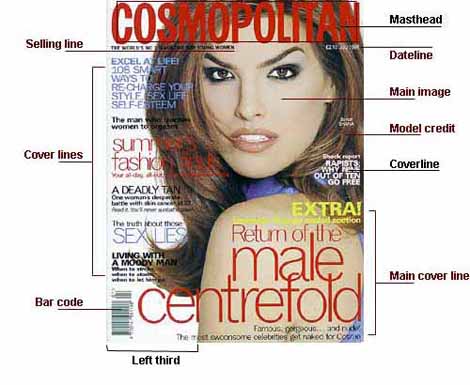you will all be 15! Soon you will be able to legally watch 15 films.
Films under this category can contain adult themes, hard drugs, frequent strong language and limited use of very strong language, strong violence and strong sex references, and nudity without graphic detail. Sexual activity may be portrayed but without any strong detail. Sexual violence may be shown if discreet and justified by context.

The 15 certificate was introduced by the British Board of Film Censors on 1 November 1982, following an overhaul of its classifications as recommended by the Williams Committee. It is currently defined as follows:
Passed only for persons of fifteen years and over. No person apparently under the age of 15 years shall be admitted to any exhibition at which there is to be shown any film which has received a ’15’ certificate from the British Board of Film Classification.
It was a direct replacement for the AA certificate, the only difference being that the age limit was raised from fourteen to fifteen. In 1985, following the recommendations of the 1984 Video Recordings Act, the 15 certificate was extended to cover video releases.
While the increased age limit allowed the BBFC to be more lenient with regard to classifying certain films, it became clear towards the end of the 1980s that an additional classification was needed between 15 and PG, as Hollywood in particular was producing an increasing number of films aimed specifically at young teenagers. Since these films were considered too strong for a PG, they were usually given a 15 certificate, thus preventing their natural audience from seeing them.
As a result of increasingly public debate over this issue, the BBFC introduced the 12 certificate in 1989.
The BBFC permits the following within the bounds of the 15 certificate:
Theme: No theme is prohibited, provided the treatment is appropriate to 15 year olds. Language: There may be frequent use of strong language; the strongest terms are only rarely acceptable. Continued aggressive use of strong language and sexual abuse is unacceptable. Nudity: There are no constraints on nudity in a non-sexual or educational context. Sex: Sexual activity and nudity may be portrayed but without strong detail. The depiction of casual sex should be handled responsibly. There may be occasional strong verbal references to sexual behaviour. Violence: Violence may be strong but may not dwell on the infliction of pain, and of injuries. Scenes of sexual violence must be discreet and brief. Imitable techniques: Dangerous combat techniques such as ear claps, head-butts and blows to the neck are unlikely to be acceptable. There may be no emphasis on the use of easily accessible lethal weapons (in particular, knives). Horror: Sustained or detailed infliction of pain or injury is unacceptable. Drugs: Drug taking may be shown but clear instructive detail is unacceptable. The film as a whole must not promote or encourage drug use.



